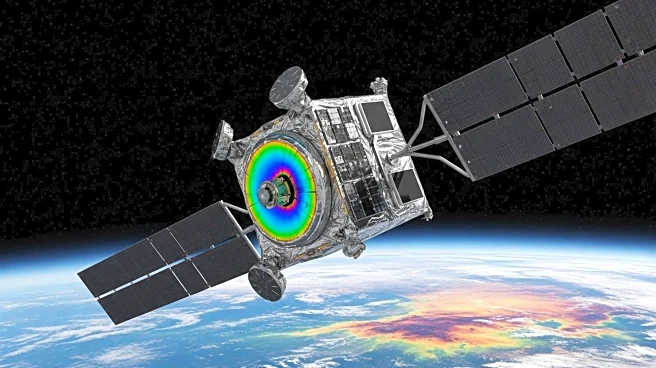What is the story about?
What's Happening?
A study led by NASA's Langley Research Center has found that Earth is reflecting less light, with a more pronounced darkening in the Northern hemisphere. This trend challenges the longstanding symmetry in hemispheric albedo, which has been observed but not fully explained. The study, based on 24 years of data from the Clouds and the Earth’s Radiant Energy System (CERES), suggests that climate change, reductions in aerosol pollution, and natural disasters are driving the asymmetry. The melting of glaciers and ice sheets, particularly in the Northern hemisphere, is reducing albedo, while aerosol-heavy clouds from events like bushfires and volcanic eruptions are affecting the Southern hemisphere.
Why It's Important?
The darkening of Earth's albedo is accelerating climate change effects, potentially leading to disruptive shifts in precipitation patterns. The asymmetry in hemispheric darkening could have complex impacts on global climate dynamics. The study highlights the importance of long-term observations in understanding climate trends and the need for continued monitoring to assess future changes. The findings underscore the urgency of addressing climate change and its multifaceted impacts on the planet.
What's Next?
NASA researchers plan to continue monitoring the asymmetry with CERES and explore its causes using advanced climate models. The study opens avenues for further research into the implications of Earth's darkening albedo. However, NASA faces budget cuts, which could impact future Earth observation efforts. The scientific community will continue to investigate the phenomenon and its potential long-term effects on global climate systems.
Beyond the Headlines
The study raises questions about the fundamental properties of Earth's climate system and the role of clouds in maintaining hemispheric symmetry. The findings challenge existing theories and highlight the complexity of climate dynamics. The potential for asymmetric darkening to become the new normal could have profound implications for climate policy and global environmental strategies.
AI Generated Content
Do you find this article useful?













